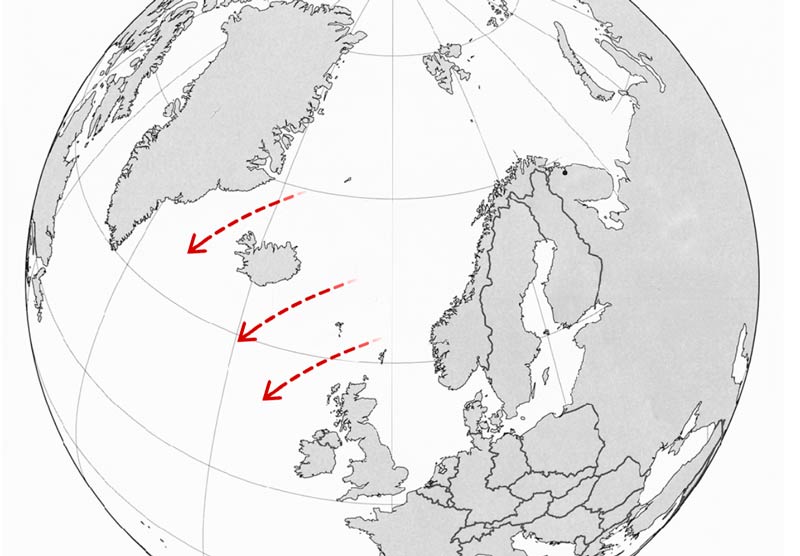
The GIUK Gap is an abbreviation for the Greenland, Iceland, UK gap.
It’s what is called a naval choke point, difficult for a navy to get past if there are defenders set against it.
This article is about geopolitics, and specifically about what would likely happen in a conflict between Russia and the West. In time of conflict, the primary task of the Russian fleet in the Atlantic would be to stop the US fleet coming to the aid of Europe.
If the Russian navy wants to get into the Atlantic, it has two choices.
One is to get the Black Sea fleet out of Black Sea, through the Bosphorus, and into the Mediterranean.
Russia has a naval base at Tartus in Syria, so if the Black Sea fleet could get there, it would be able to refuel for the trip along the Mediterranean and into the Atlantic.
For more on the importance of Tartus to Russia, see my post on Why Russia has been bombing ISIS.
Getting to the Atlantic this way is a journey full of problems though, particularly at Gibralter which is covered by the British.
The other option is for the Russian Northern fleet to come down from Murmansk, past Norway, and into the Atlantic.
That’s where the GIUK Gap comes in.
Submarines have got the obvious and big advantage of not being seen so easily, and the deeper they can go the better chance they have of evading detection.
Look at this bathymetric map of the GIUK gap from the Department of Mathematics at Oslo University. It shows how comparatively shallow the gap is between Scotland and Iceland. That of course lessens the chance of a submarine being able to get past the defences.

The Russian fleet could skirt around to the west of Iceland and run the gap between Iceland and Greenland. It is a longer journey but it takes the fleet further away from the British area of influence. And while the gap is still not that deep, it is deeper should the Russian fleet were to decide to take this route.
Still, the US Navy has taken into account the possibility that Russia would choose to take the Greenland route.
It’s 2017 Navy plan includes upgrading its port at Keflavík on the west coast of Iceland. That decision to upgrade the base came about as a result of board games that the US Navy and its allies carried out the year before.
Update 2024-5
And now president-elect Trump is angling for greater control of the the GIUK GAP.